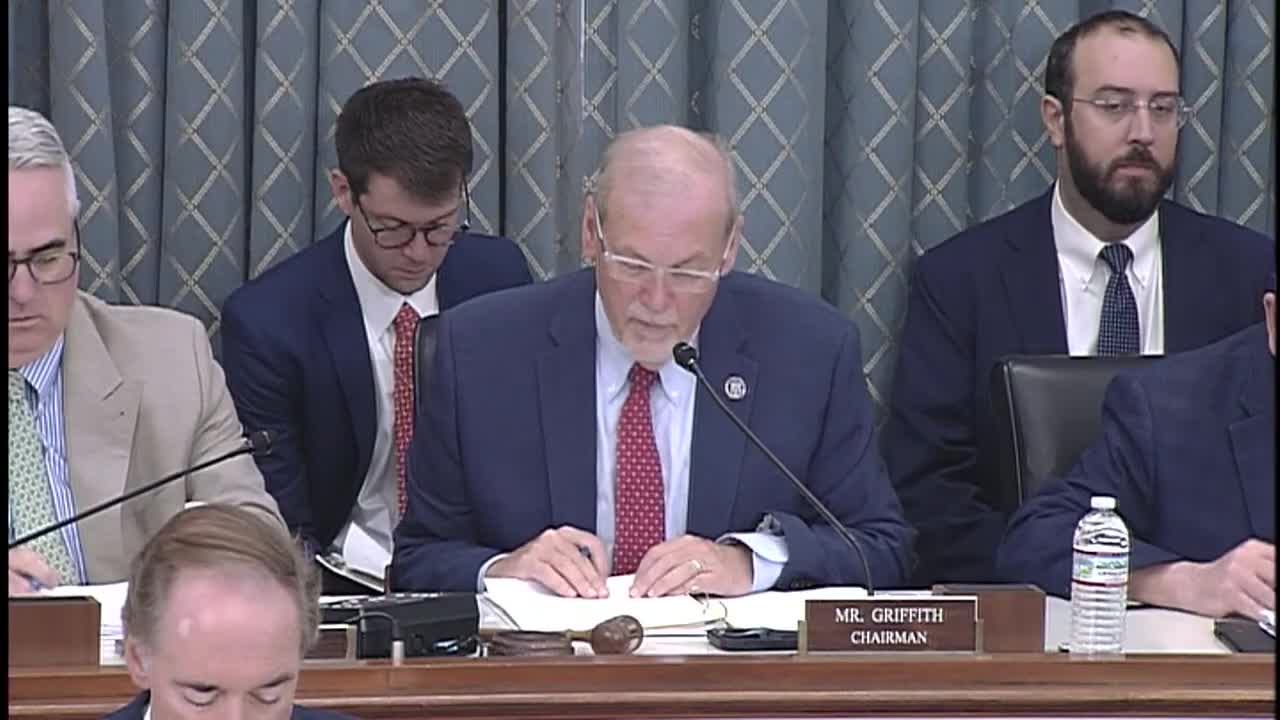
This article was created by AI using a video recording of the meeting. It summarizes the key points discussed, but for full details and context, please refer to the video of the full meeting. Link to Full Meeting
The EPA first began regulating coal ash in 2014 under the Resource Conservation and Recovery Act (RCRA), but nearly a decade later, only three state programs have received approval to manage coal combustion residuals independently. This slow progress has raised concerns among committee members about the effectiveness of current regulations and the impact on ratepayers, particularly in light of new rules proposed by the Biden administration that some argue impose excessive costs on utilities.
During the meeting, members discussed the implications of a 2024 rule that expanded regulations to include legacy coal ash sites, which utilities warn could lead to unplanned expenses for consumers. However, the EPA has announced plans to review this rule and work more closely with states to enhance their permitting programs, a move that some lawmakers view as a positive step towards more effective coal ash management.
The committee also explored the concept of beneficial reuse of coal ash, which can be repurposed for various applications, including construction materials and wastewater treatment. Notably, the American Coal Ash Association reported that 69% of coal ash produced in 2023 was recycled, indicating a thriving industry that not only reduces waste but also lowers emissions. Research from institutions like the University of Texas and Virginia Tech has identified potential for extracting rare earth elements from coal ash, further emphasizing its value beyond waste.
Despite these opportunities, concerns were raised about the environmental risks associated with coal ash disposal. A significant majority of coal plants have been linked to groundwater contamination, prompting calls for stronger federal standards and enforcement to protect communities. The committee's discussions underscored the need for a balanced approach that prioritizes public health while exploring innovative uses for coal byproducts.
As the EPA prepares to amend its regulations and engage with states, the outcomes of this meeting could shape the future of coal ash management in the U.S., impacting both environmental safety and economic opportunities in the recycling sector. The committee's commitment to addressing these issues reflects a growing recognition of the complexities involved in transitioning from traditional energy sources while safeguarding public health and the environment.
Converted from A Review of Congressional Action, EPA Rules, and Beneficial Use Opportunities for Coal Ash meeting on June 27, 2025
Link to Full Meeting
Comments
View full meeting
This article is based on a recent meeting—watch the full video and explore the complete transcript for deeper insights into the discussion.
View full meeting